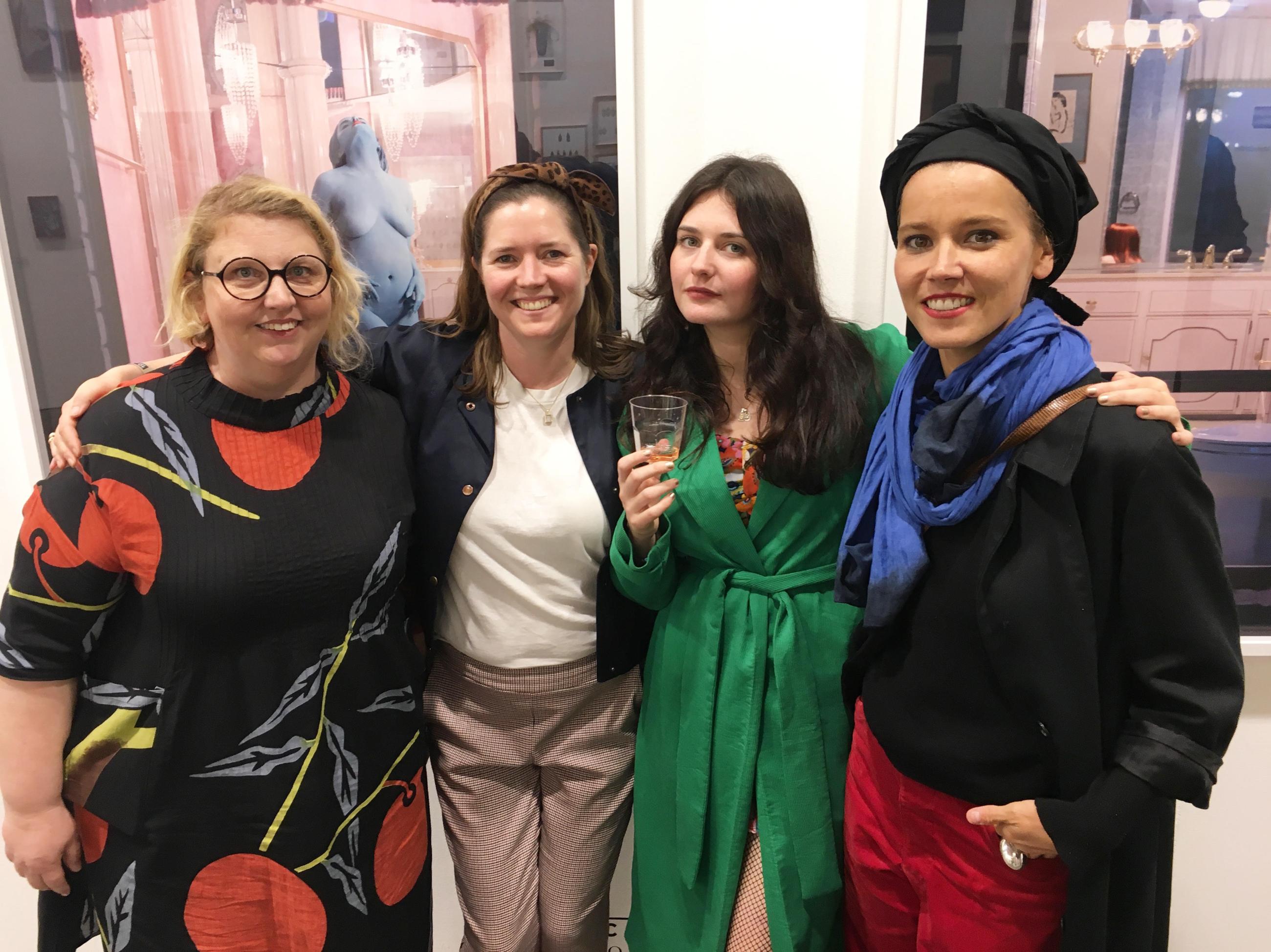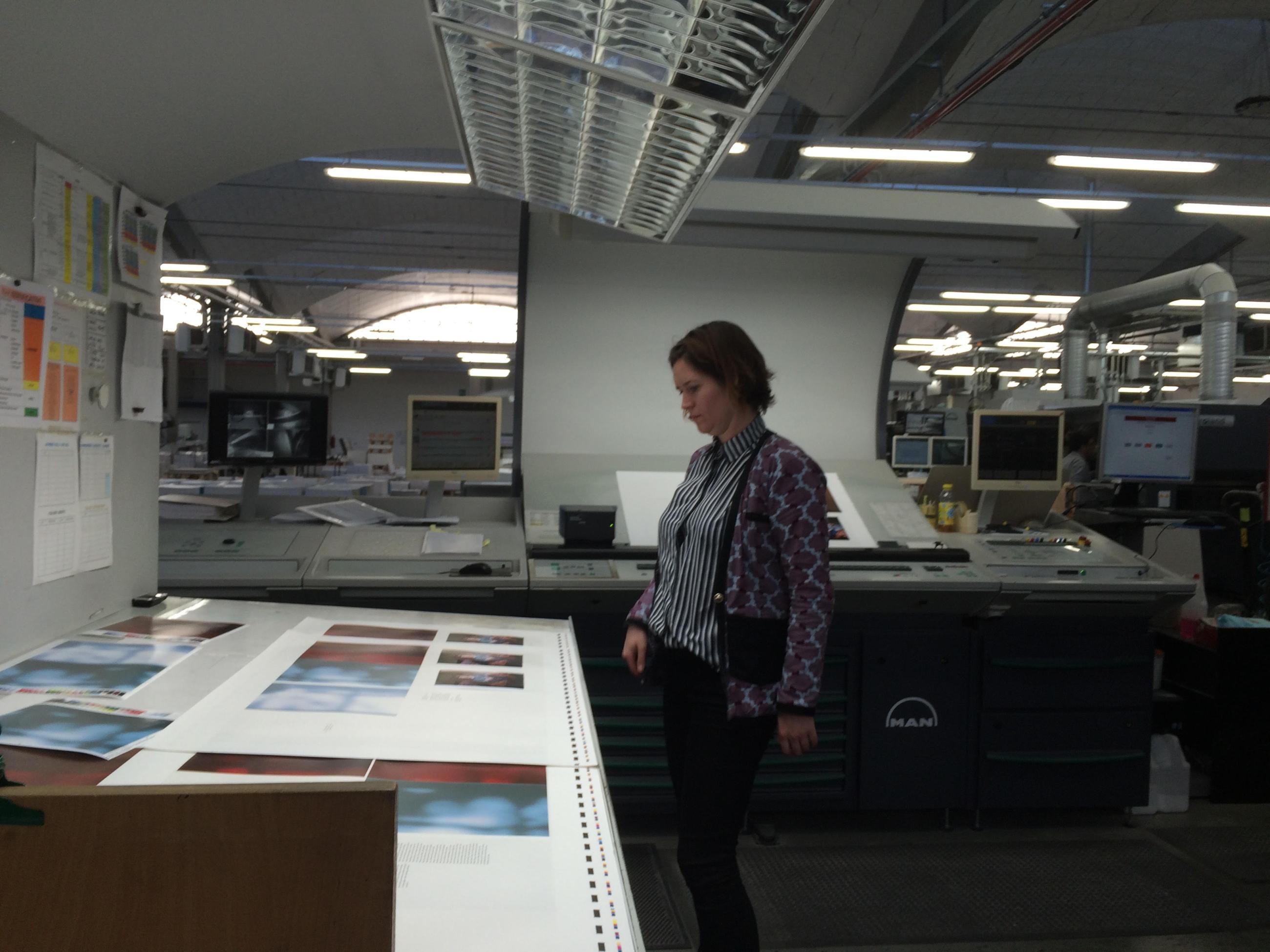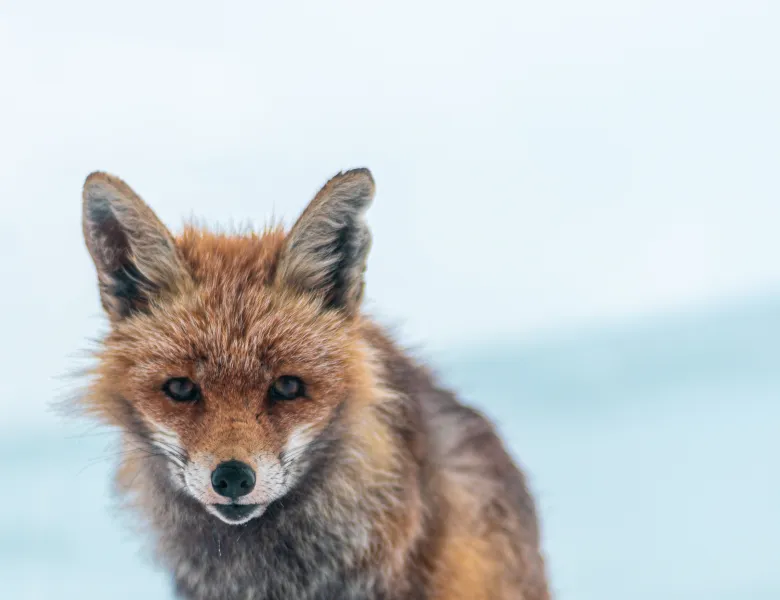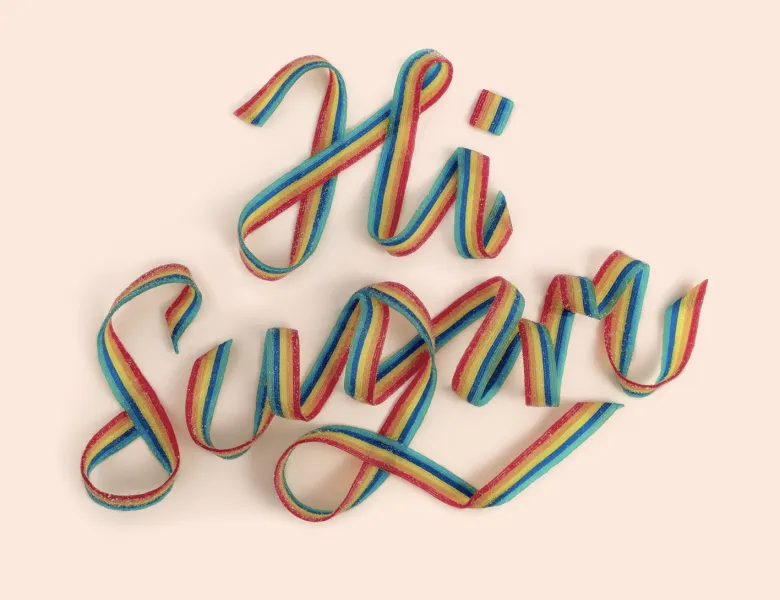Under review: Hannah Watson
Hannah Watson is the Director of publisher Trolley Books and contemporary art gallery TJ Boulting. She joined Trolley in 2005, working alongside its founder Gigi Giannuzzi until his death at the end of 2012. Established in 2001, Trolley Books publish a diverse range of titles presenting unique stories in photography, photojournalism and contemporary art. TJ Boulting’s programme supports and represents emerging contemporary artists in all mediums, including Juno Calypso, Maisie Cousins, Haley Morris-Cafiero, Poulomi Basu and Benedicte Kurzen. Hannah is also Chair of the board of trustees of The Fitzrovia Chapel Foundation.

You’re the director of a publishing company (Trolley Books) as well as a contemporary art gallery (TJ Boulting). Does one feed into the other?
Trolley the publishing house was established in 2001, and it was only when we moved into a gallery space in Shoreditch in 2003 that we started to do exhibitions related to the books we were working on. It seemed like the natural thing to do. In the early years Trolley had gained a reputation for documentary and photojournalism, and then, because we were in the creative melting pot of London’s East End, we started to do exhibitions of artists we knew – often their first solo show. The gallery started gaining its own contemporary art identity alongside the publishing programme.
When I joined in 2005, my background was more fine art and so I focused on developing the gallery side – we started representing artists properly. Some of the artists I work with today I have worked with since I joined. It became very confusing to have both Trolley Books and Trolley Gallery as they definitely had different programmes, sometimes we would publish a project as a book but not do an exhibition (and vice versa). When we established TJ Boulting in 2011 in Fitzrovia it was very important that we give the gallery its own identity, name and branding, even though we were essentially still running everything together under one roof. After Trolley’s founder Gigi Giannuzzi died in 2012 it was even more important to keep Trolley going as it was an amazing legacy of publishing.
An exception to this unwritten rule was one of our early exhibitions at TJ Boulting of Adam Broomberg and Oliver Chanarin’s Scarti, as we had just published their book, but in general they are still run separately, both by me now, I just sometimes have my gallery hat on and sometimes my publishing hat.
With them being run by one person they do inevitably feed into each other, such as with Maisie Cousins, who I started working with under TJ Boulting but I have published two of her books under Trolley, and we both enjoyed that crossover. I love making books though, and it’s great for me to be able to work with an artist in the gallery and then offer them the possibility of making their book too. Especially as that involves going to Italy to print and we stay in a prosecco vineyard.

TJ Boulting represents some of the most exciting contemporary photographers, including Juno Calypso, Maisie Cousins and Benedicte Kurzen. What advice do you have for photographers hoping to gain gallery representation?
It’s hard to just contact a gallery and show your work, as most galleries don’t accept submissions. I do my own research and keep my ear to the ground by going to as many exhibitions as I can as well as talking to my peers and following people on Instagram. Instead of contacting galleries directly I would suggest being active in other ways such as gaining some momentum behind your work with exposure through group shows, editorial, entering awards, doing talks, going to private views and photo festivals (when we can do that again!) and social media. Each artist I work with has a different story as to how we met.

And again, any advice for those wishing to pitch a project to be published? Should photographers include a maquette or even a business plan with their submission?
I would love it if someone had a business plan for publishing a book! I would love to hear it! But seriously you don’t need to have anything much more than a selection of images to show a publisher. That’s enough for me to see whether it is something I would publish or not. We once published a book after reading the description on a piece of A4 paper!
It doesn’t hurt if you have a maquette or a pdf of the book but I wouldn’t worry if you don’t. I always encourage the photographer to have ideas about the design as after all it is their book, and finding a designer is an important matchmaking part of the process. You have to have someone who works well with you and listens, but who is also up for constructive ‘discussions’. The selling and marketing of the book is part of why you come to a publisher instead of self-publishing, but if you want to go it alone and you feel confident in those areas then that can be very successful too.

Something we’ve seen in entries to the Sony World Photography Awards over the past few years is photography moving towards the conceptual. Is this moving away from the literal necessary for the medium’s development or do you feel it is more a reflection of the time we live in?
Conceptual work won’t supersede documentary or figurative work, it will just add to the realm of the photographic medium – it’s much like the ‘death of painting’ in the mid 19th century that failed to materialise. Photography is just a younger medium and is still pushing its boundaries.
The Sony World Photography Awards Professional competition is exclusively open to series of images (minimum five, maximum 10). What insight will you bring to the judging jury?
As both publisher and gallerist I have worked with a wide range of photographic projects from documentary to photojournalism and fine art; with exciting, emerging artists to those more established. A strong body of work will always stand out regardless.

You are the Chair of the board of trustees of The Fitzrovia Chapel Foundation, the former chapel of the Middlesex Hospital in Fitzrovia, and now a secular space for arts and the community. How do you think we can make art more accessible?
The chapel was originally built as they recognised the importance of pastoral care within the hospital, that there existed a place where doctors, nurses, patients and families could come for a quiet respite and opportunity to contemplate away from the stresses of hospital life, and death.
It was never consecrated in the way that many chapels in public places are not. When the chapel was reopened after the hospital was demolished, it was decided it would be a secular space open to everyone and that it was important that it served as a place for the community.
The arts were seen as a way to bring the community together. We have exhibitions that relate to the history of the hospital and the rich cultural life of the area. People have to relate to make art accessible, it can’t be just for the elite. One of the hardest things about the pandemic for many people was not being able to visit galleries and museums, we all realised that it was something we missed for our sanity and soul, so it’s been great to be open again and see people come through the doors once more.

We are hoping to receive significantly more personal projects to the Professional competition this year. Why are personal projects so important for photographers to pursue? And what advice do you have for those currently creating personal projects?
Personal projects are important because they are motivated purely by what you are passionate about, and you are free to do what you like. They often take years to work on and develop so don’t rush them, take time and follow your gut instinct to know if it’s working or not. Show the project to those you trust to get their feedback as you go along before you feel ready to show it to the world. You will know when you are ready.
What advice do you have for photographers thinking about entering the Sony World Photography Awards?
Give it your best shot! Even if you don’t win your work will have been seen and half the battle is getting the work out there, so this is a great opportunity to do that.
Discover more about Trolley Books here
Find out more about TJ Boulting here







